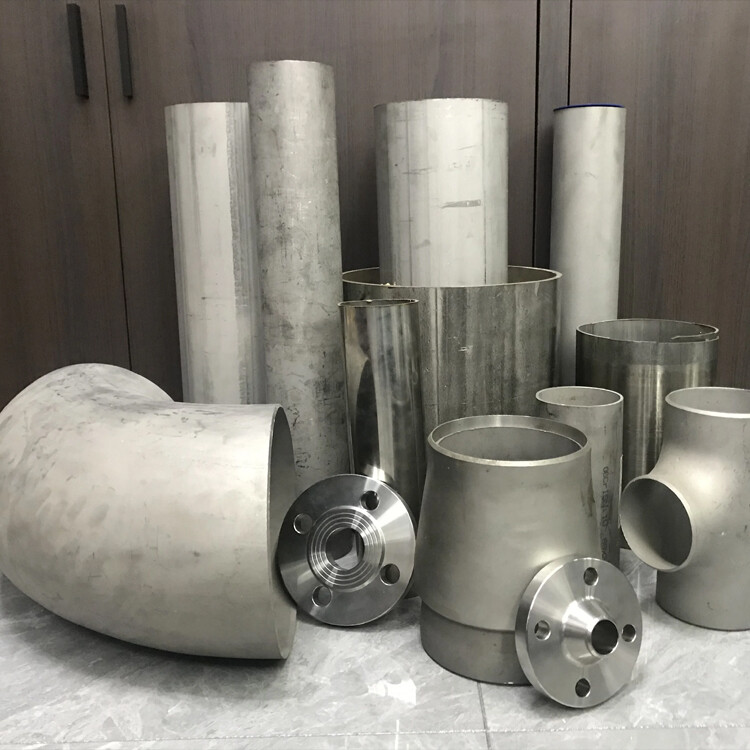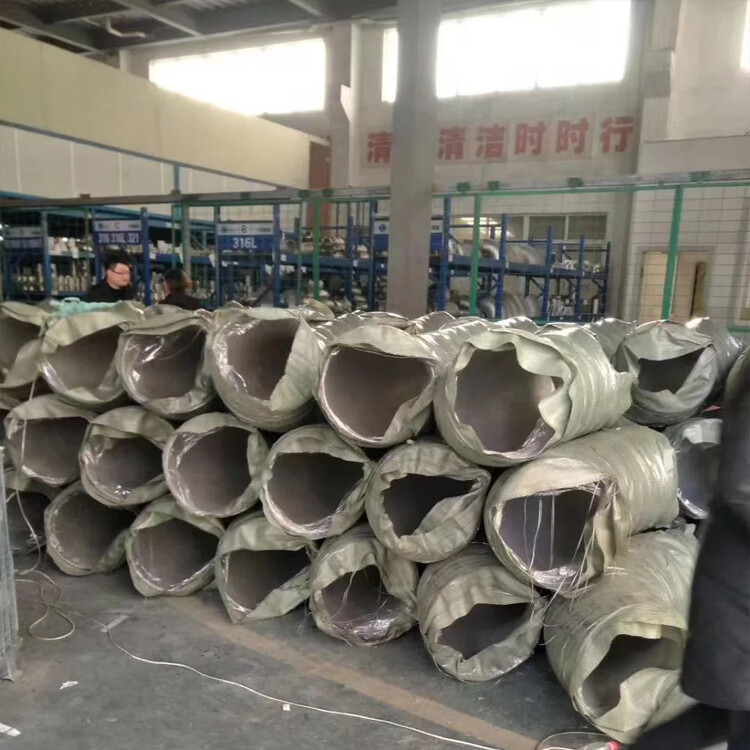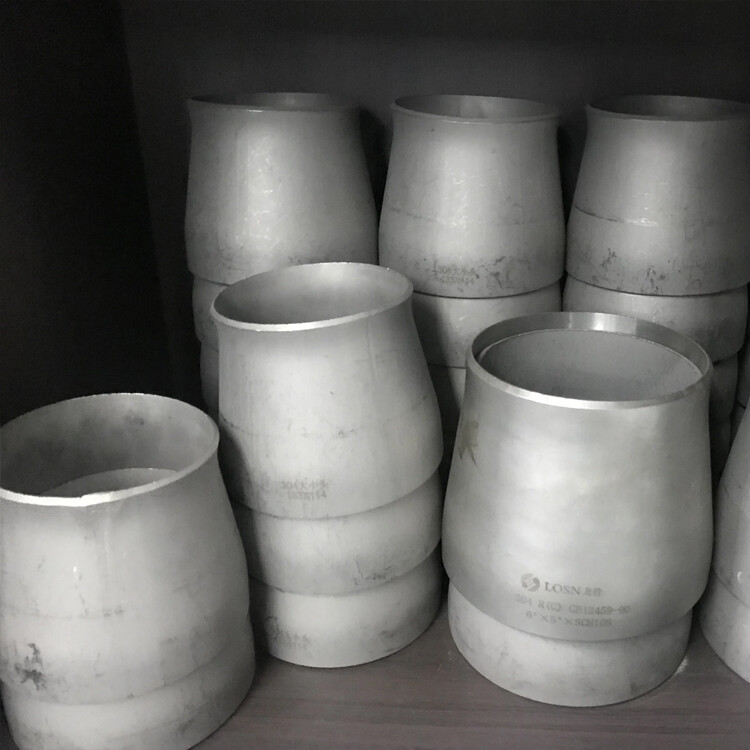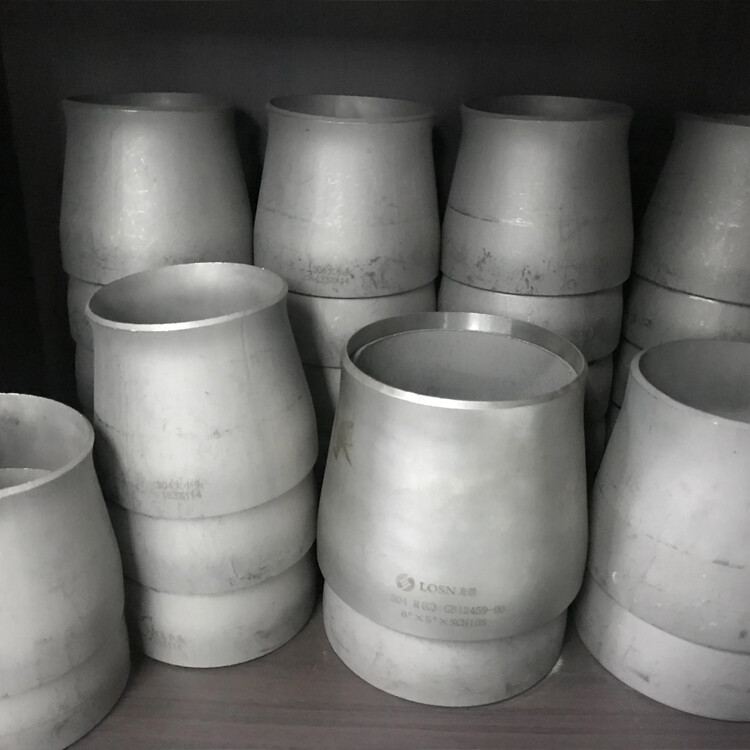Classified by material: carbon steel, cast steel, alloy steel, stainless steel, copper, aluminum alloy, plastic, argon asphalt, PVC, etc.
Divided by production methods: top making, pressing, forging, casting, etc.Divided by manufacturing standards: national standard, electrical standard, chemical standard, water standard, American standard, German standard, Japanese standard, Russian standard, etc., as follows:GB/T12459-2005, GB/T134001-2005, ASME B16.9, SH3408, SH3409-96, SH3410-96, HG/T21635, DL/T 695, SY/T 0510, DIN 2615
Product Details
1. The connecting ends of equal diameter tees are of the same size;
2. The main pipe connection size of the reducing tee is the same, while the connection size of the branch pipe is smaller than the connection size of the main pipe.
Hydraulic bulging of tees is a forming process that compensates for the axial expansion of branch pipes through metal materials. The process involves using a specialized hydraulic press to inject liquid
into a pipe blank with the same diameter as the tee. The two horizontal side cylinders of the hydraulic press synchronously move to center and squeeze the pipe blank. The volume of the pipe blank
decreases after being squeezed, and the pressure of the liquid in the pipe blank increases with the decrease in volume. When the pressure required for the expansion of the tee branch pipe is reached,
the metal material flows along the inner cavity of the mold and expands out of the branch pipe under the dual action of the liquid pressure in the side cylinder and the pipe blank.
The hydraulic bulging process of the tee can be formed in one go, with high production efficiency; The main pipe and shoulder wall thickness of the tee have increased.
Due to the large tonnage of equipment required for the hydraulic bulging process of seamless tees, it is currently mainly used in the manufacturing of standard wall thickness tees smaller than DN400 in
China. Its suitable forming materials are low carbon steel, low alloy steel, stainless steel with relatively low cold work hardening tendency, including some non-ferrous metal materials such as copper,
aluminum, titanium, etc.
Hot press forming of a tee is the process of flattening a pipe blank larger than the diameter of the tee to a size approximately equal to the diameter of the tee, and opening a hole in the stretching
branch of the cold drawn tee; The tube blank is heated and placed into the forming die, and a punching die for stretching the branch pipe is inserted into the tube blank; Under the action of pressure,
the billet is radially compressed, and during the radial compression process, the metal flows towards the branch pipe and forms a branch pipe under the stretching of the die. The entire process is
formed through the radial compression of the pipe blank and the stretching process of the branch pipe. Unlike hydraulic bulging tees, the metal of hot pressed tees is compensated by the radial
motion of the pipe blank, so it is also known as radial compensation process.
Due to the use of heated and pressed tees, the tonnage of equipment required for material forming is reduced. Hot pressed tees have a wide adaptability to materials and are suitable for materials of
low-carbon steel, alloy steel, and stainless steel; Especially for tees with large diameters and thicker pipe walls, this forming process is usually used.
Related Suggestion
Online Consultation
———
First class quality service and professional after-sales team.
Aaddress:108-2-1102 Huishan Avenue, Huishan District, Wuxi City, Jiangsu Province, China
Get in Touch
*We respect your confidentiality and all information are protected.
By clicking 'Allow All', you agree to the storage of cookies on your device to enhance site navigation, analyze site usage and assist with our marketing efforts.







